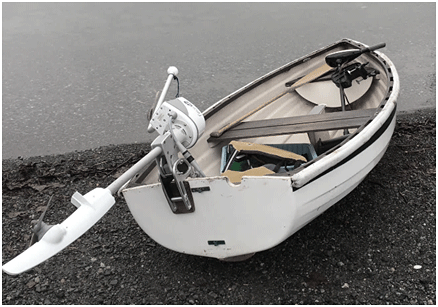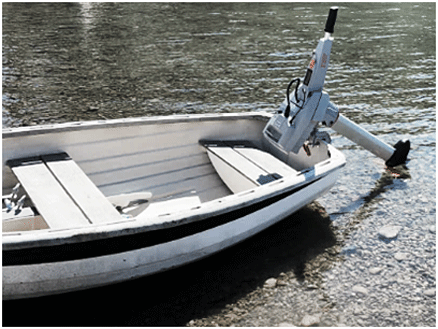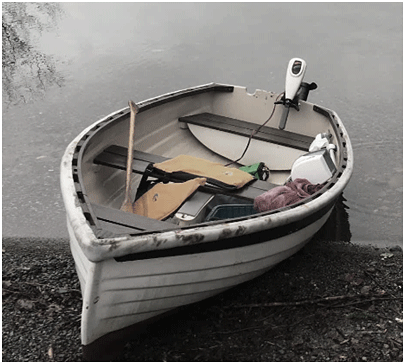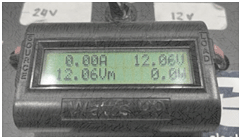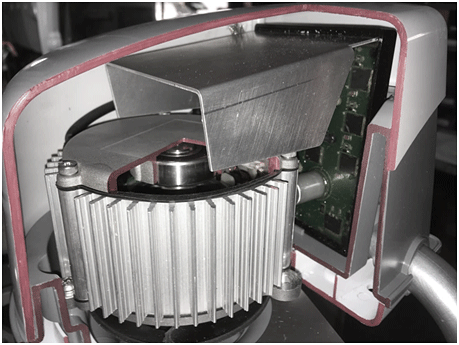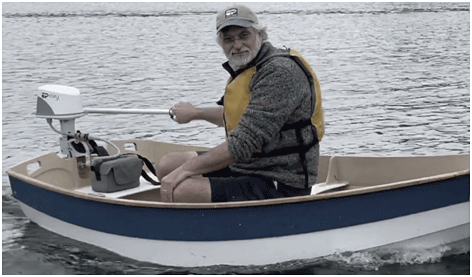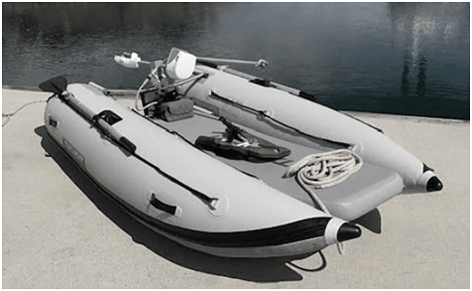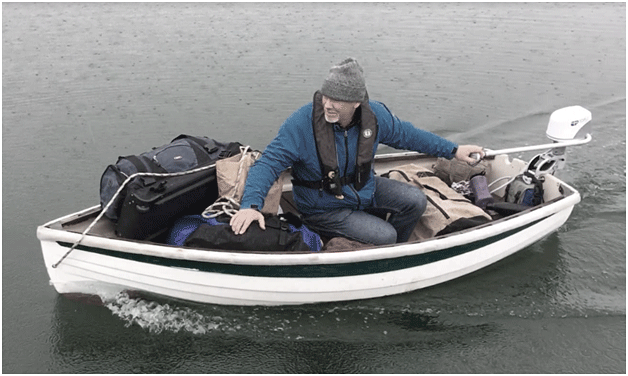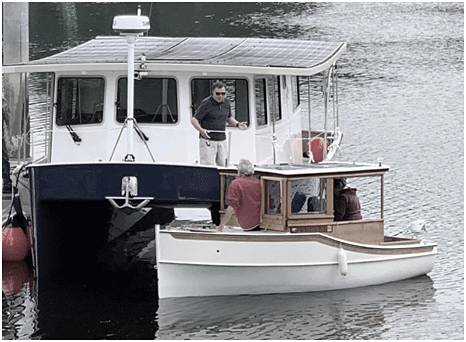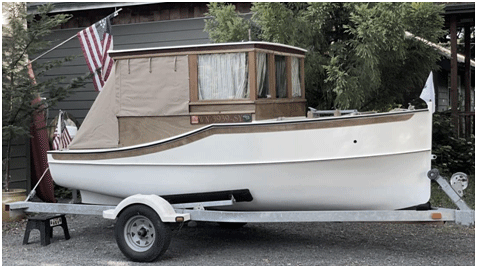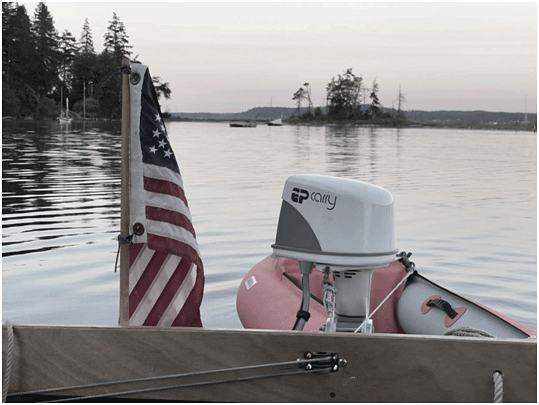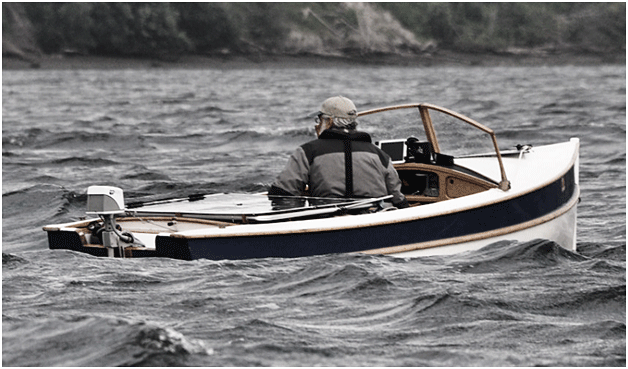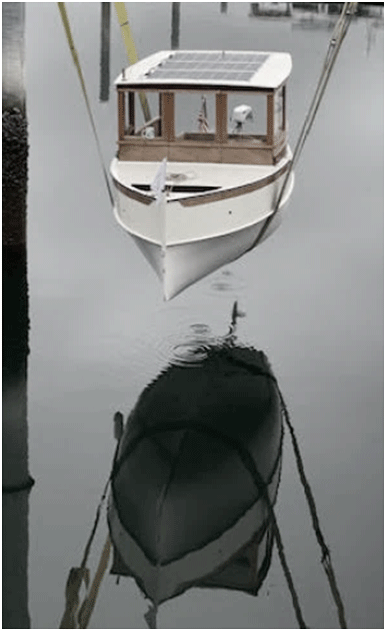Blogpost by Founder Joe Grez, November 7, 2023
Manufacturers characterize their outboards with a dizzying array of ratings. These include horsepower, equivalent horsepower, propulsive watts, input watts, shaft kW, motor efficiency, propulsive efficiency, lb thrust, battery Ah, battery Wh, and so-on. Though these ratings exist to compare outboards, each is only useful when comparing similar technologies. No standard rating proposed to date can predict the performance on a specific boat in terms of speed and run-time for all outboards. (see our paper on ratings).
Instead of using ratings that don't work, EP Carry offers an online speed and range calculator that does. Just input your hull-type (see description), length and total loaded weight, and the calculator gives you full throttle and half throttle speeds and ranges. Results are usually within 5% but we guarantee that the results are accurate within 10%.
We realize that our unique approach on performance can complicate comparisons to motors that use ratings instead. This report is intended to offer some insight into the comparative performance of EP Carry vs. the increasing array of pod motors. This work was not independently done. But it is an honest assessment within the stated scope and methods used.
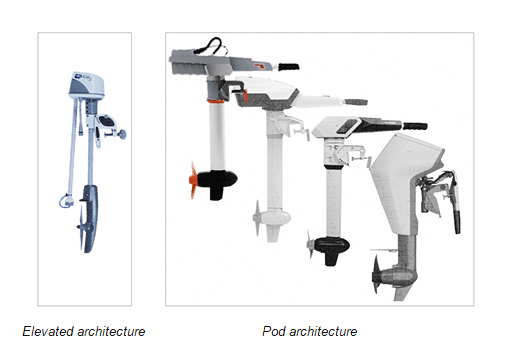
The smallest electric outboards from Torqeedo, ePropulsion, Mercury, Newport etc. all share the same "pod architecture". And according to their performance statements, and according to independent reviews, they all appear to all have a quite similar propulsive effect vs input power. The Torqeedo Travel 1003 is the most common portable electric so that's what we chose to represent pod outboards in general. Speeds vs electrical input powers were measured when used on a typical dinghy. Since we know the battery capacity for each model tested, input power also gives us ranges at those speeds.
The closest competitor to EP Carry, in terms of propulsive power, cost and weight, is the Torqeedo 603C. This motor's max-stated input power is 600W. Here's the result for that motor vs EP Carry with its boosted power option.
EP Carry vs Torqeedo on a 9ft, 400lb Minto rowboat
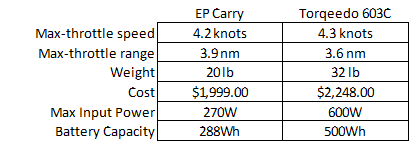
You might have been surprised to see that EP Carry provides similar top speeds and ranges vs the Torqeedo while using significantly less input power and a much smaller battery. This difference is a big part of why EP Carry is lighter and less expensive even though it is built in the USA. So why does EP Carry need less input power?
Manufacturers who rely on ratings instead of speeds/ranges need to keep input power high (the logic is: higher input power → higher rating → more sales). But EP Carry was designed to provide optimal propulsive efficiency, which is the functional opposite of a high input power rating.
Following is a detailed test report that presents the measured relative performance of three motors on a typical 9ft rowboat; an elevated architecture motor (EP Carry), a high efficiency pod architecture motor (Torqeedo) and a trolling motor.
Contents:
Summary of tests
Equipment
Conditions
Procedure
Discussion
Pictures
In this test, we measured the electrical input power needed to push a dinghy (a 9' Minto rowboat) to various speeds for each of the three test motors; a Torqeedo 1003, a Minn Kota Endura 30, and an EP Carry. Below is a graph of the results. Following the 4-knot line, you can see that EP Carry uses 230W, and the Torqeedo uses 470W. The trolling motor can only reach 3 knots at full-throttle. Instantly you can see that the Torqeedo is a significant improvement on the trolling motor, as you would expect. But at 4 knots, EP Carry uses ½ the input power vs the Torqeedo.
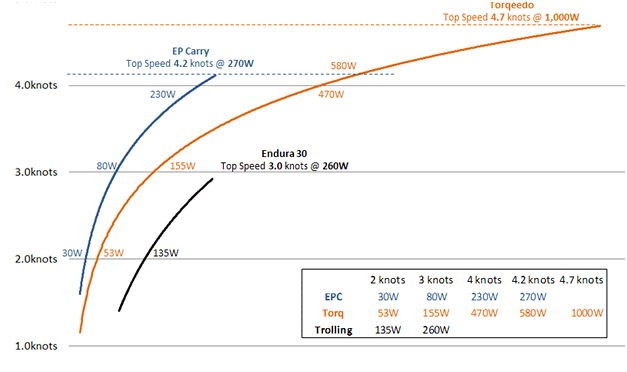
Relative Power Consumption:

Range:
If all three motors were paired with EP Carry's battery (288Wh of usable stored energy), the EP Carry would provide ˜ 2x the range of the Torqeedo at 4 knots.
Ranges; Torqeedo 1003, Endura 30, EP Carry, all with a 288Wh battery
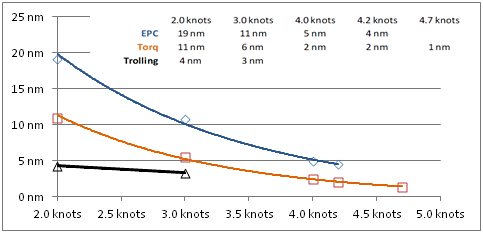
But the Torqeedo 603C comes with a much larger 500Wh battery. As you can see, both the Torqeedo with its 500Wh battery and EP Carry with its 288Wh battery provide a similar range at each speed.
Torqeedo 603C vs. EP Carry ranges with their standard batteries.
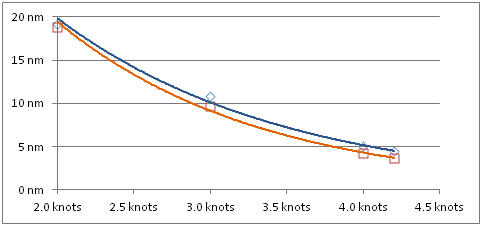
Max-throttle-speeds:
It is interesting to note that a Torqeedo 1003 at 3.7x the input power provides only ˜0.5 knots of additional speed vs EP Carry. This reflects an efficiency difference between the two test motors in part, but it also illustrates that once a boat's natural maximum speed range is reached; even multiples of additional input-power produce little additional speed.
Top speeds and input powers for each motor.
| Endura 30 | 3.0 knots | @ 254W input |
| EP Carry, std pwr* | 4.0 knots | @ 220W input |
| EP Carry, high pwr* | 4.2 knots | @ 270W input |
| Torqeedo 1003 | 4.7 knots | @ 1,000W input |
You may be aware that Torqeedo claims a peak propulsive efficiency of 48% for the model 1003 tested. EP Carry's relative efficiency of 2x does not mean that EP Carry's efficiency is 96%. It does mean that when used on a rowboat, Torqeedo's efficiency is lower than its advertised peak propulsive efficiency. In other words; Torqeedo provides 48% propulsive efficiency on some kind of boat, but not on small boats like the one tested. This is one of the problems with efficiency ratings– read more in our ratings paper.
All Data:
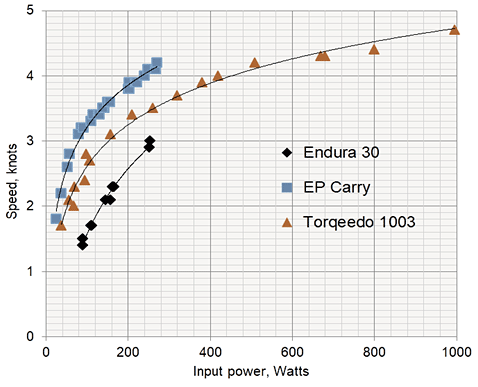
Clearly, in these tests, EP Carry has proven more efficient than other motors tested, at least for a 9ft. rowboat at just under 400 lb displacement. While we conducted this particular test on only one boat, EP Carry has proven similarly efficient on everything from a 7.5ft CLC Eastport pram kit, to a custom 1000lb 14ft solar boat.
In this discussion section, we explain how such a large efficiency gap is possible. We'll start with resistance differences.
Resistance:
The Endura 30 motor (rated by 30 "lb thrust") could only drive our 9' Minto rowboat to 3 knots. The total boat resistance at that speed is 7 lbf. Small-boats are easier to drive than boaters have been led to believe.
Resistance vs. speed; Minto
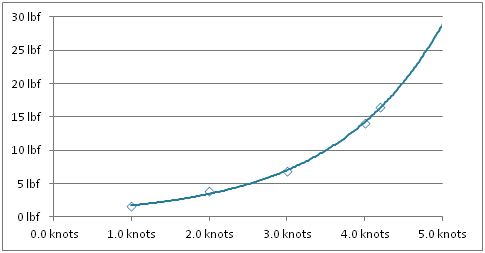
Interesting information in itself, but when total boat resistance is so low, things like the drag forces from an outboard's lower-unit are more relevant than one may otherwise think.
Torqeedo and the trolling motor locate their electric motors in a relatively large sealed underwater pod. So how much propulsive thrust is lost due to a pod design's resistance?
When the Endura 30 (propeller removed) pod and stanchion is pulled through the water at 4 knots, the measured drag force is 4 lbf, which increases the total (boat + motor) resistance by 29%. This must be overcome by additional propulsive power. Pod motors like Torqeedo, Mercury, and others have a fairing to reduce stanchion drag. However, we did not measure their resistances at 4 knots.
EP Carry's lower unit has a drag force of 0.8 lbf at 4 knots, which calculates to 7W of lost propulsive power, or a 6% increase in resistance of boat + lower unit, much lower than the resistance of the trolling motor pod.
If EP Carry produced a motor with its same propeller force output at 4 knots, but with a trolling motor pod design, than EP Carry would need 297W instead of 220 Watts to drive this boat to 4 knots. This would reduce run time from 70 minutes to 52 minutes.
Seal Friction:
Pod motors require a shaft seal with friction losses. We have measured 20-100W of input power needed to overcome friction in pod motor shaft seals.
EP Carry has an elevated motor architecture like a typical gas outboard but instead of an oil-filled gear case with seals, EP Carry uses the surrounding water so there is no underwater seal at all. EP Carry's motor does have a seal in the motor head that draws 3 Watts of input electrical power at full-RPM operation.
Propeller:
A trolling motor propeller, like a gas outboard's propeller, is primarily designed to allow the motor to reach its specified RPM under a range of conditions to keep the motor from burning out. And what's good for maintaining high RPMs is not good for propulsive efficiency.
Compared to a gas motor propeller (Honda BF2.3) the EP Carry propeller is more than twice as efficient at converting shaft power to propulsive power.
Typical "high efficiency" electrics use an efficient propeller design when driving larger boats, but these designs also create higher propulsive power losses in easier to drive applications like small boats when compared to EP Carry's high aspect ratio with a larger disk area. Note that EP Carry's high aspect ratio propeller and water lubricated gear case are patented.
Motor controller:
With the trolling motor tested, partial throttle settings operate switches that engage different coils submerged in the motor pod. This reduces speed at the expense of propulsive efficiency. More expensive trolling motors are available with PWM controllers that are more efficient at partial throttle settings but PWM attenuation does not influence the full-throttle trolling motor performance as measured in this test. Some trolling motors are available with brushless pod designs like the other electric outboards referenced in this article. While these increase efficiency throughout the power range, they are not more efficient than the pod motors tested, and come at a similarly high price.
High end electrics like the Torqeedo also use a PWM control approach. But variable loads create variable power absorption levels that can cause an electric motor to operate outside of its peak efficiency region. For example- during the test, I noticed that the Torqeedo absorbed more power when accelerating than when at a constant speed.
EP Carry's closed-loop motor controller (pat pending) maintains the requested input power level regardless of battery voltage or loading, which maintains motor efficiency over a wider range of load variance and assures the same run-time at a fixed throttle setting regardless of the load.
To conclude, differences in propeller, control methods, seals, underwater resistance, and choice of power vs speed characteristics explain the performance differences measured in this test.
